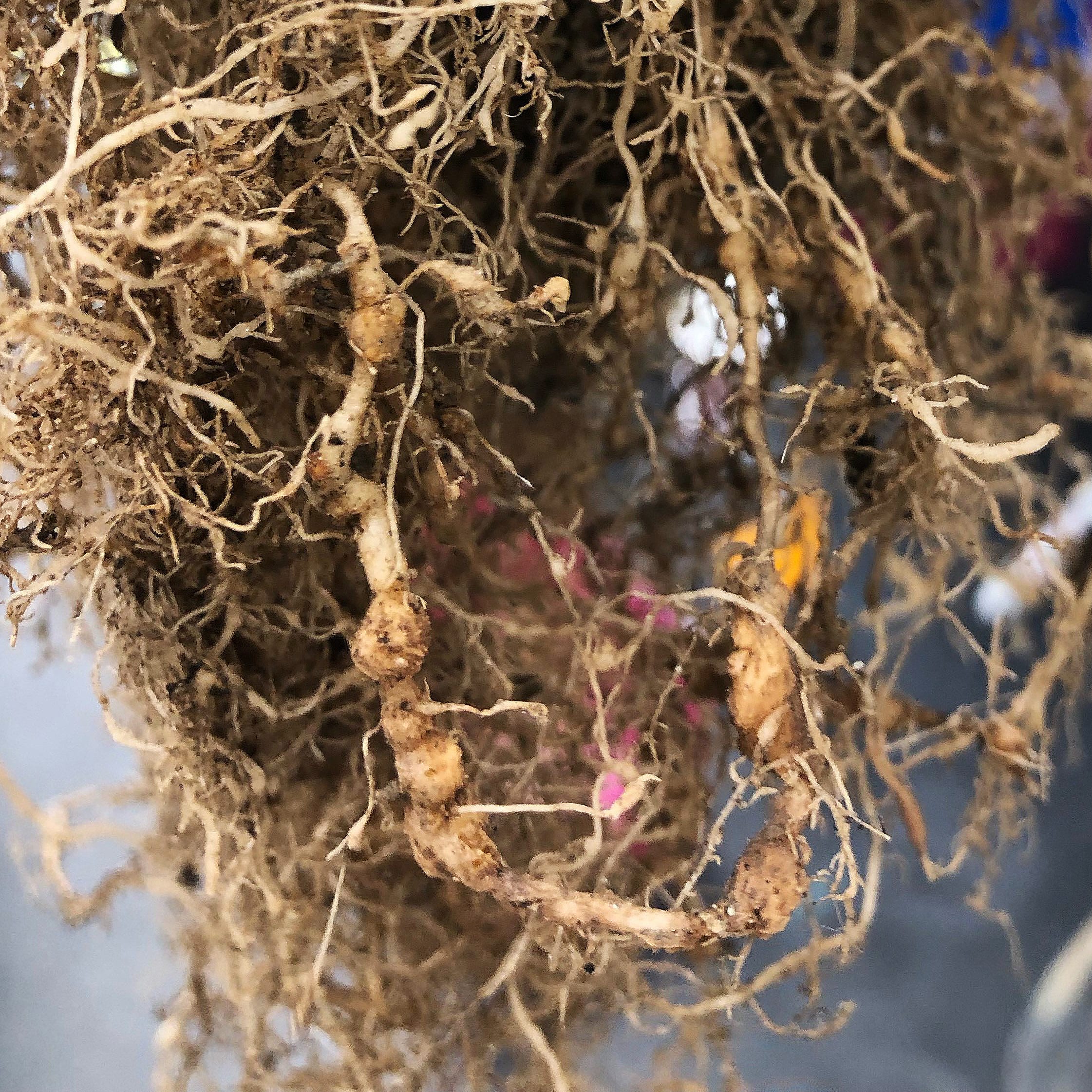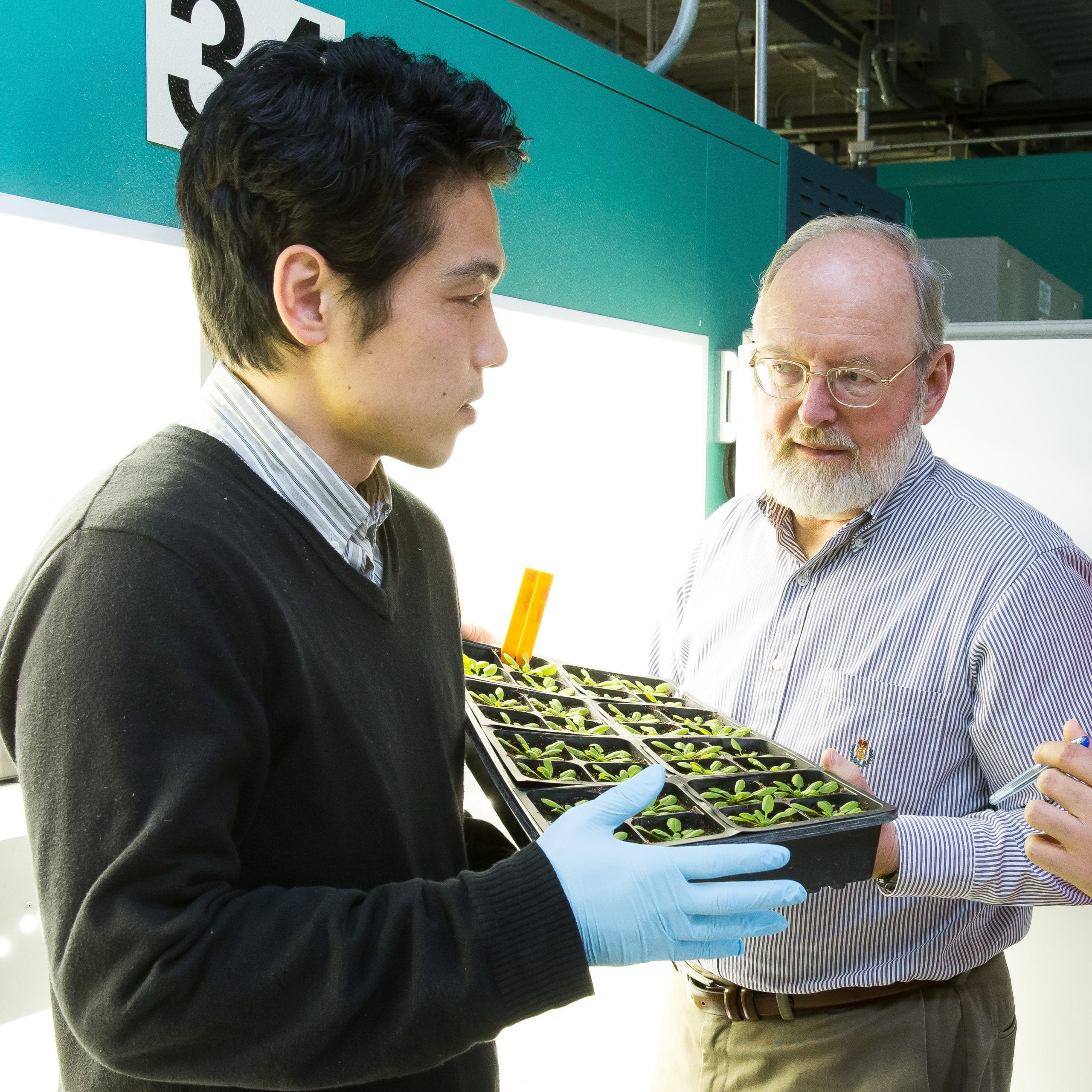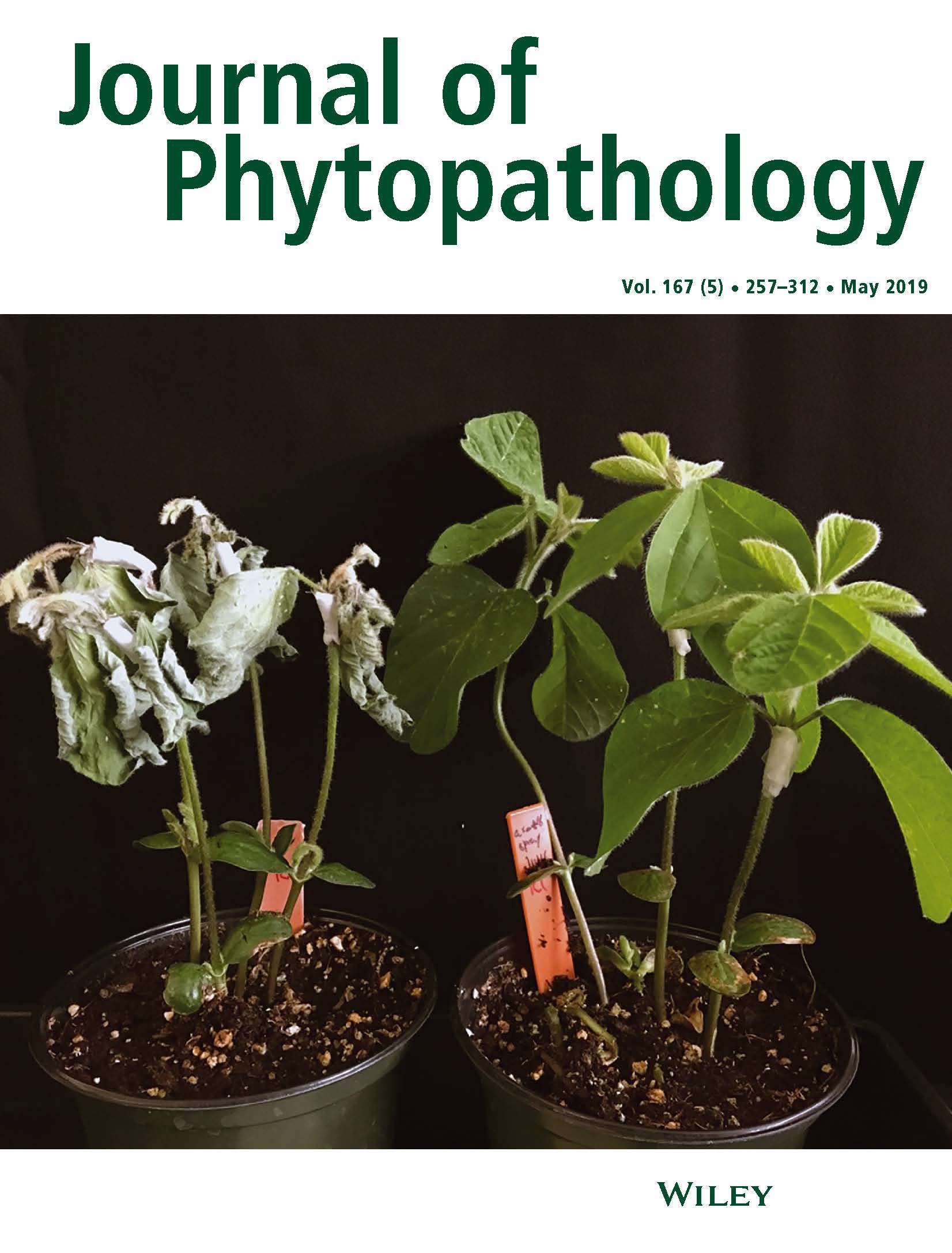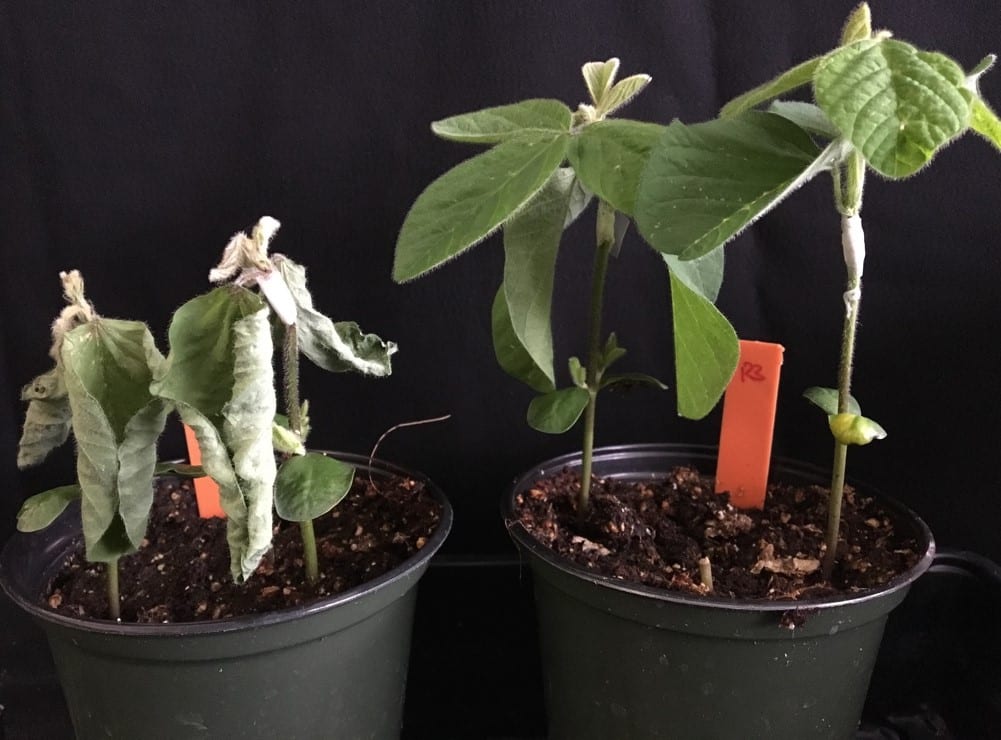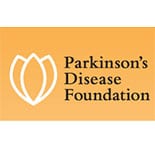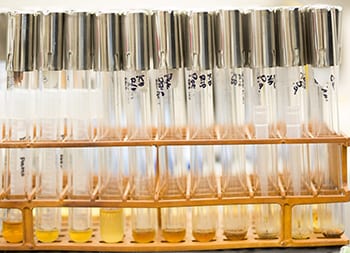Daniel Klessig

A self-described “farmer from Wisconsin who raised pigs to put himself through college,” Dan discovered molecular biology as an undergraduate student in biochemistry at the University of Wisconsin during a lecture by Robert DeMar in 1969. “I knew then that molecular biology was what I wanted to do for the rest of my life,” he says.
Following completion of a master in molecular biology as a Marshall Scholar at the University of Edinburgh in 1973, Dan made his first significant scientific breakthrough as James Watson’s last graduate student at Harvard University and Cold Spring Harbor Laboratory (CSHL). It was there that Dan performed foundational research that culminated in the discovery of split genes and RNA splicing in human adenoviruses (1977 paper in Cell), which eventually won the Nobel Prize for Physiology or Medicine for his CSHL colleague Richard Roberts and Phillip Sharp of MIT.
While continuing to study adenoviruses until 1996, he initiated a research program in plant molecular biology in the early 1980’s, whose focus was to understand how plants protect themselves against microbial pathogens. During the following decades, first at the Waksman Institute at Rutgers University (1985-2000) and then at BTI at Cornell University (2000-until retirement on 1/1/2022), he and his research team identified multiple components in pathways, which enable plants to recognize that they are being attacked and then rapidly mount defenses against the invader. Their efforts resulted in the identification of two critical defense-signaling molecules in plants – salicylic acid (SA) and nitric oxide (NO) (1998 paper in Proc Natl Acad Sci). Interestingly, both SA and NO also play roles in human health. NO is a potent endogenous signaling molecule in humans, where it plays critical roles in inflammatory and immune responses, in neural transmission, and in muscle physiology. Dan’s work demonstrated that several critical players of animal NO signaling are also operative in plants during their response to pathogen assault. Dan’s research group, together with colleague Ilya Raskin, discovered that SA is a key plant hormone that regulates immune responses (1990 paper in Science). Subsequent studies by Dan’s group identified the first mobile signal for systemic acquired resistance, which is a state of heightened defense that is activated throughout a plant after an initial local infection. This signal is methyl salicylate, a modified and inactive form of SA. Their research also revealed that, in contrast to most hormones in plants and animals, SA acts through, not one but, many different protein targets to mediate its many effects on immunity and other plant processes.
Interestingly, derivatives of SA have been used by humans for thousands of years to treat a variety of maladies. The prevailing view in the biomedical community has been that acetyl SA or aspirin, the most widely use drug worldwide for over a century, works primarily, if not exclusively, by irreversibly inhibiting the enzymatic activities of cyclooxygenases 1 and 2 (COX1 and COX2), However, aspirin is rapidly converted in the body to SA, which has similar pharmacological effects as aspirin, despite its poor ability to inhibit the cyclooxygenases. Dan’s studies addressed this conundrum by discovering several novel targets through which SA mediates its many pharmacological effects, such as Glyceraldehyde 3-Dehydrogenase (GAPDH) and High Mobility Group Box1 (HMGB1) (e.g., 2015 paper in Molecular Medicine, and 2016 paper in Frontiers in Immunology). HMGB1, when released outside of cells following tissue injury or secretion by certain immune or cancer cells, has potent pro-inflammatory activities associated with rheumatoid arthritis, atherosclerosis, inflammatory bowel disease, lupus, sepsis, inflammation-associated cancers and Alzheimer’s disease. GAPDH facilitates infection by the hepatitis viruses and is a major suspect in the neurodegenerative diseases Alzheimer’s, Parkinson’s, and Huntington’s. SA binds to both, thereby inhibiting their disease-associated activities. The identification of synthetic and natural derivatives of SA, which are 10-70 times more potent than SA at inhibiting GAPDH’s cell death-associated activities and HMGB1’s pro-inflammatory activities, provides proof-of-concept that better SA-based drugs can be obtained.
During the final decade of his research career, in collaboration with fellow BTI colleague Frank Schroeder, Dan made his last significant contribution to science. The pair found that small signaling molecules called ascarosides excreted by nematodes, tiny worms that live in the soil, induce plant immune responses which results in enhanced resistance against pathogens and pests (2015 paper in Nature Communications and 2020 paper in Nature Communications). This research led to the creation of a very successful Ag biotechnology company, Ascribe Bioscience, in which Dan remains actively involved.
During his long career, Dan mentored 82 postgrads from 18 countries, representing every continent except Antarctica, and published more than 200 research papers and 35 plus reviews and book chapters. He also provided administrative leadership, helping to revitalize two research institutes as Associate Director from 1985-2000 of the Waksman Institute and as President/CEO from 2000-2004 of BTI.
-
Professor Dan Klessig retires after 48 years of research
After 48 years of performing molecular biology research, including 22 years at Boyce Thompson Institute, Professor Dan Klessig retired on December 31. The former BTI President will remain associated with […] Read more » -
Aspirin-Like Compounds Could Treat Numerous Human Diseases
People have used aspirin to treat pain, fever and inflammation for more than a century, and the drug is also used to reduce the risk of strokes, heart attacks and […] Read more » -
Worm Pheromones Protect Major Crops
Protecting crops from pests and pathogens without using toxic pesticides has been a longtime goal of farmers. Researchers at Boyce Thompson Institute have found that compounds from an unlikely source […] Read more » -
Ascribe Bioscience Receives SBIR Award from NSF
On January 29, 2019, Ascribe Bioscience became the first company based on technology developed at the Boyce Thompson Institute (BTI) to receive a Small Business Innovation Research (SBIR) grant. The […] Read more »


